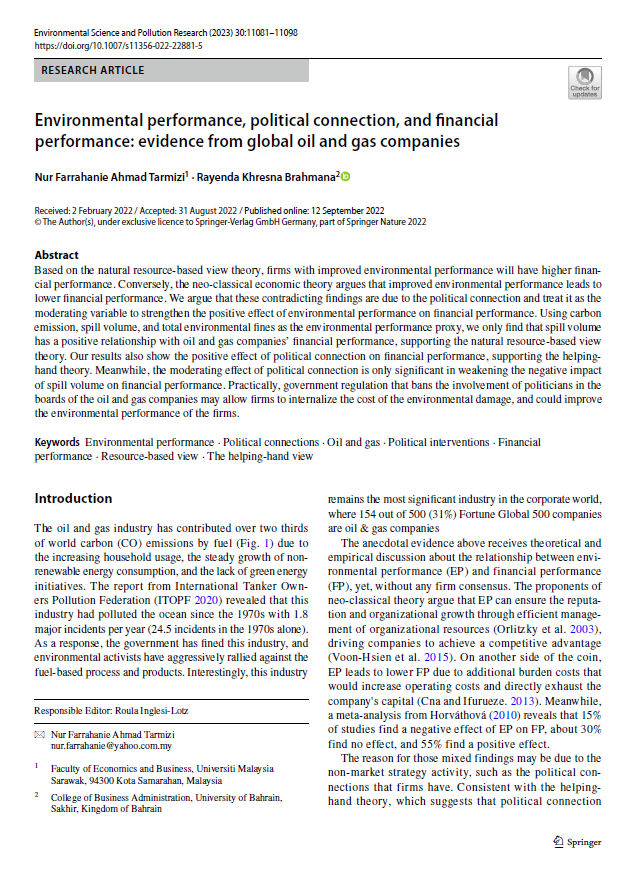Document
Types of Welding Process and Relationship with Defective Rate in Structural Fabrication for Oil & Gas Project
Linked Agent
Title of Periodical
Journal of Optimization in Industrial Engineering
Country of Publication
Kingdom of Bahrain
Place Published
Sakhir, Bahrain
Publisher
University of Bahrain
Date Issued
2023
Language
English
Subject
English Abstract
Abstract:
This research sought to identify the best welding processes with the lowest defective rate. It is important to select the most appropriate welding process for a certain condition, such as welding, taking into consideration technical and economic viability. This study will help the key person in the organization make the right decision on the selection welding process. The existence of many welding processes on the
market, each with their own sets of advantages and disadvantages, makes determining the optimal welding process for a given situation challenging. As a result, selecting which welding process would provide the best welding quality at the lowest cost is critical to the success of any company's market strategy. There are three (3) variables that will be further investigated, which are: welding process (WP), defective rate (DR), and types of welding defect (WD). This study will analyze welder data from the welding department in MMHE, Pasir Gudang, Johor. The software that is going to be used is Minitab and SPSS. The research methodology starts with data collection, data screening, description analysis, inferential statistical analysis, independent sample t-test, correlation analysis, and regression analysis. The result of the analysis shows that there is a correlation between WP versus DR and WP versus WD, but it is a weak correlation. The results also show that SAW is the best welding process and contributes almost no defects. The SAW process is the right choice for fabricators to use in the structural fabrication industry. However, due to time constraints, probably the cost factor of SAW process is slightly higher than other welding
processes not discussed in this study.
Member of
Identifier
https://digitalrepository.uob.edu.bh/id/10b21176-48db-4c1c-830e-3510406d03bd
Same Subject
